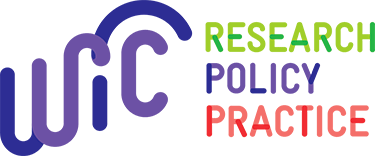Racial/ethnic disparities in preschool immunizations: United States, 1996 – 2001
The authors analyzed current racial and ethnic differences in immunization coverage rates among US preschool children. During the 6-year study period, the immunization coverage gap between white and black children widened by an average of 1.1% each year, and the gap between white and Hispanic children widened by an average of 0.5% each year. The gap between white and Asian children narrowed by an average of 0.8% each year.
